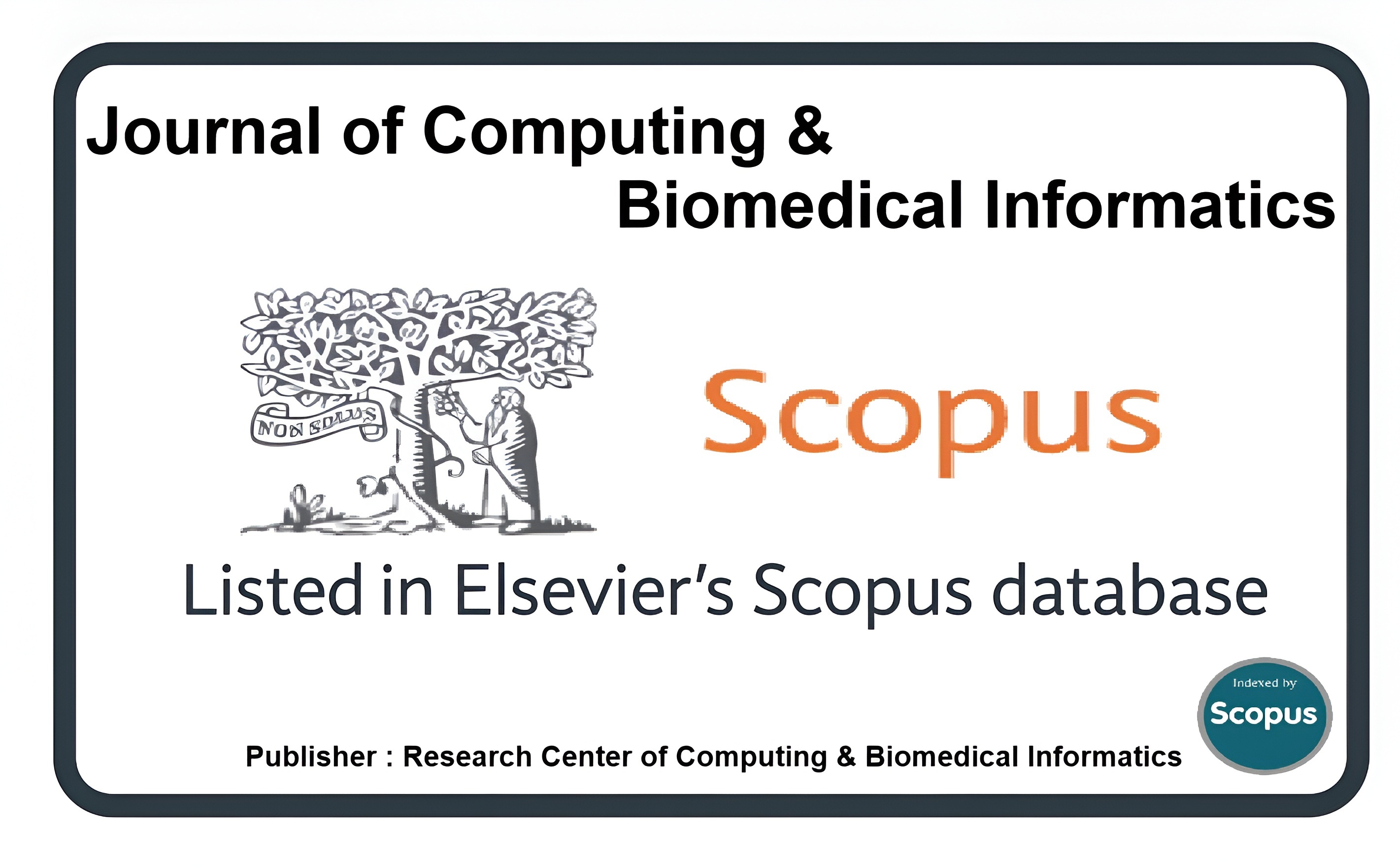A Systematic Analysis of Liver Cancer Detection Using Deep Learning Techniques
Keywords:
Liver cancer detection, Liver tumor segmentation, Transfer learning, Deep learning, Histopathological image analysis, Medical image segmentation, Convolutional Neural NetworksAbstract
A major cause of death around the globe is liver cancer. Liver cancer is the fourth most prevalent cause of cancer-related deaths worldwide and the sixth most often diagnosed malignancy, by the World Health Organization. Recently, it was estimated that there were about 830,180 liver cancer deaths and 905,677 new instances of the disease globally. Several risk factors contribute to the development of liver cancer, including chronic infections with excessive alcohol consumption, non-alcoholic fatty liver disease, hepatitis C or B, and specific genetic conditions. Prevention and early detection are crucial in reducing the burden of liver cancer, and individuals at higher risk should consider regular screening and lifestyle modifications to lower the risk. Treatment options for liver cancer may vary based on the cancer's stage and the individual's overall health. It may also include surgery, radiation therapy, and chemotherapy. Early detection of liver lesions can improve the chances of successful treatment and cure. An imaging method that is frequently utilized, is computed tomography, which can help detect liver lesions, as well as provide additional information about the size, location, and characteristics of the lesion. There are two types of liver cancer: secondary and primary liver cancer. Secondary liver cancer occurs when cancer has spread to the liver from another section of the body. Primary liver cancer, the most typical kind of liver cancer, begins in the liver. We have classified this paper into two categories: deep learning (DL) based techniques and machine learning (ML) based techniques to detect liver cancer. This survey paper focuses on models such as generative adversarial network, LSTM, Deep residual neural network, transfer learning, Random survival forest (RSF), K-Means Clustering, and convolutional neural network (CNN) which include GoogLeNet and U-Net.
Downloads
Published
How to Cite
Issue
Section
License
This is an open Access Article published by Research Center of Computing & Biomedical Informatics (RCBI), Lahore, Pakistan under CCBY 4.0 International License





